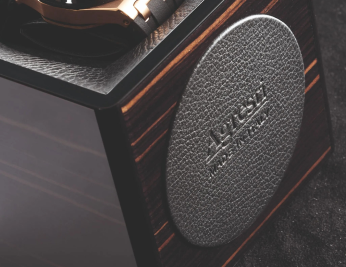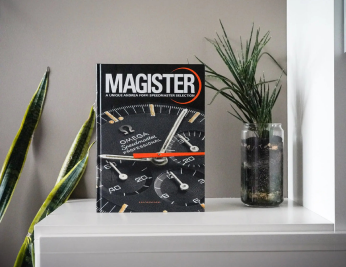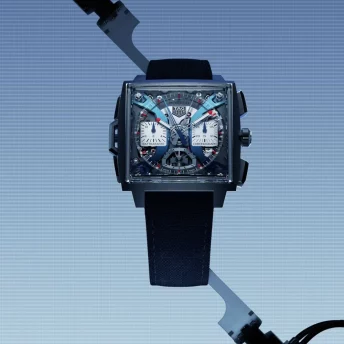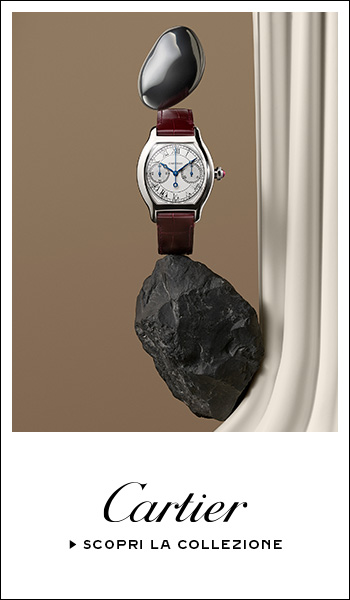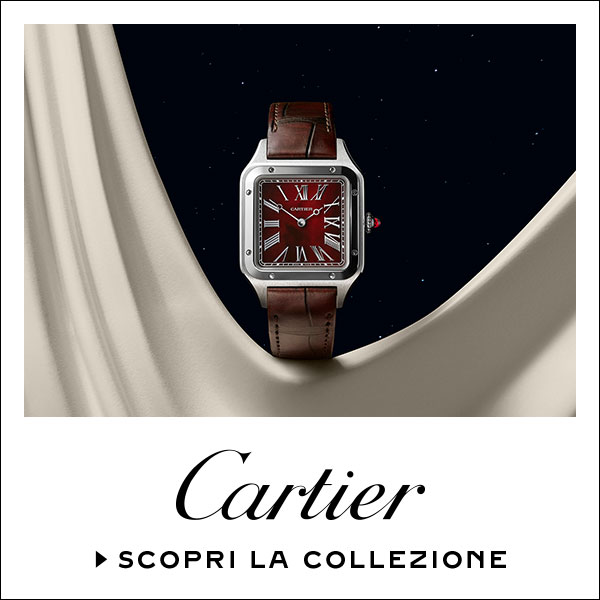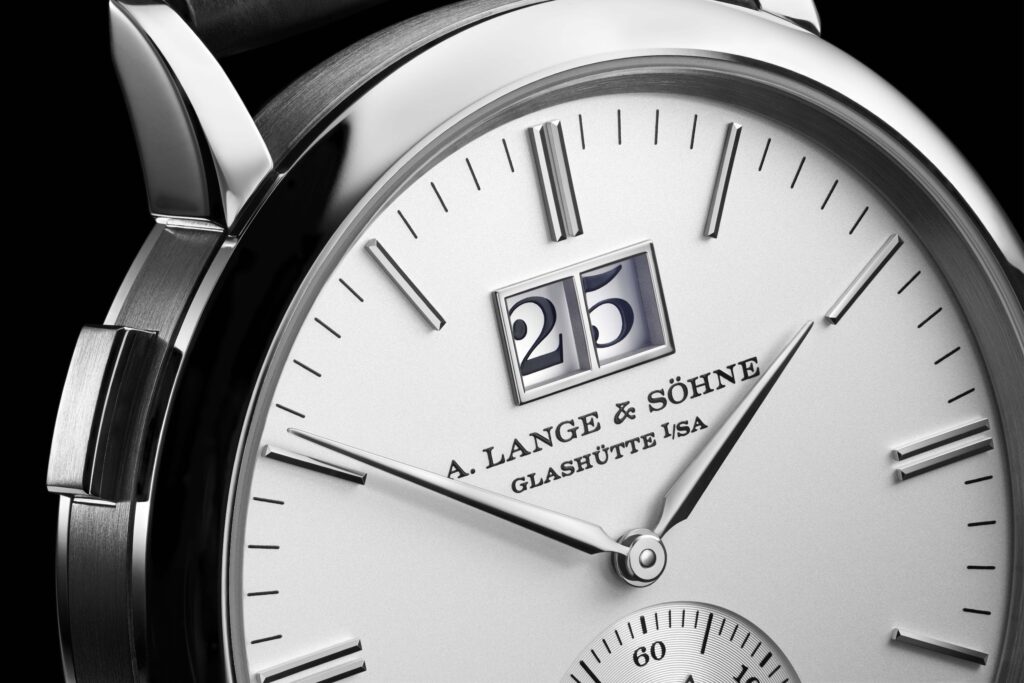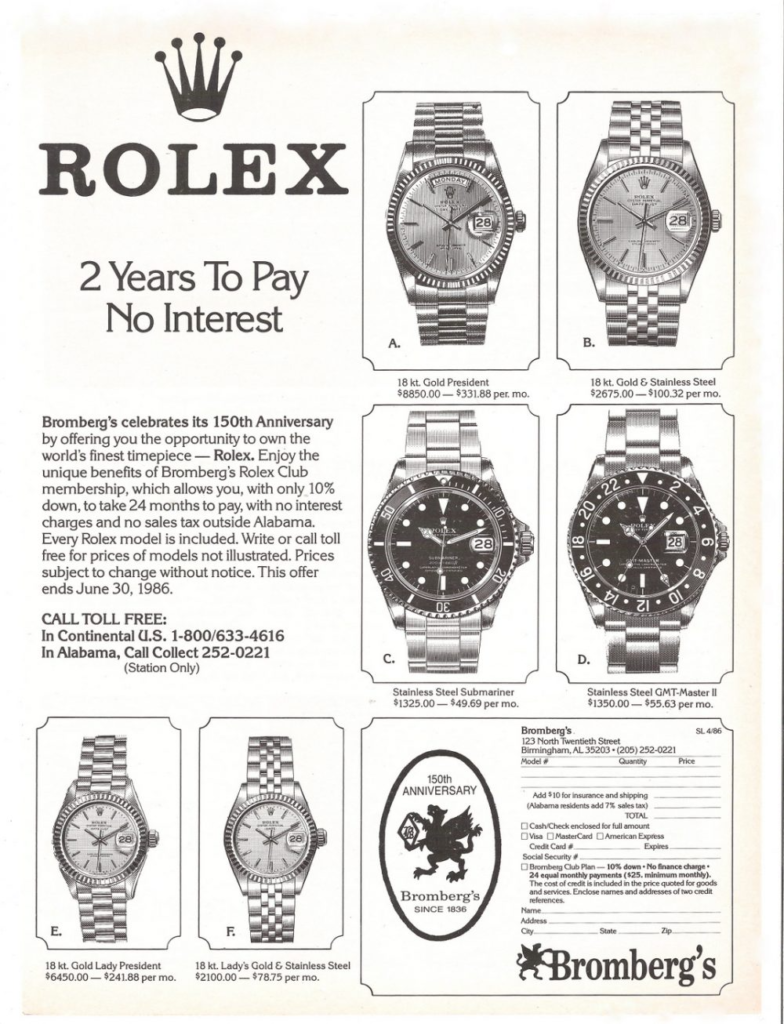“Bit of a shame about the date window….”
How many times have you heard, read, or even said this sentence? It seems that nowadays, watch designers are pre-programmed to include a date window by default. In fact, it would appear that this inclusion is only cementing its roots in the design process, but here at IWS, we think it shouldn’t be this way!
Prologue
Historically, horological complications were born out of necessity: tools that the wearer would need to use. Take the minute repeater for example: if you found yourself in total darkness, this function chimed out the time (back when luminous materials hadn’t been employed on watches yet). Or the chronograph: designed to measure and record lap times for racecars.
Over the course of the IWS magazine, we’ve written articles on both of these complications – check them out! (Minute Repeater ; Chronographs 1 & 2)
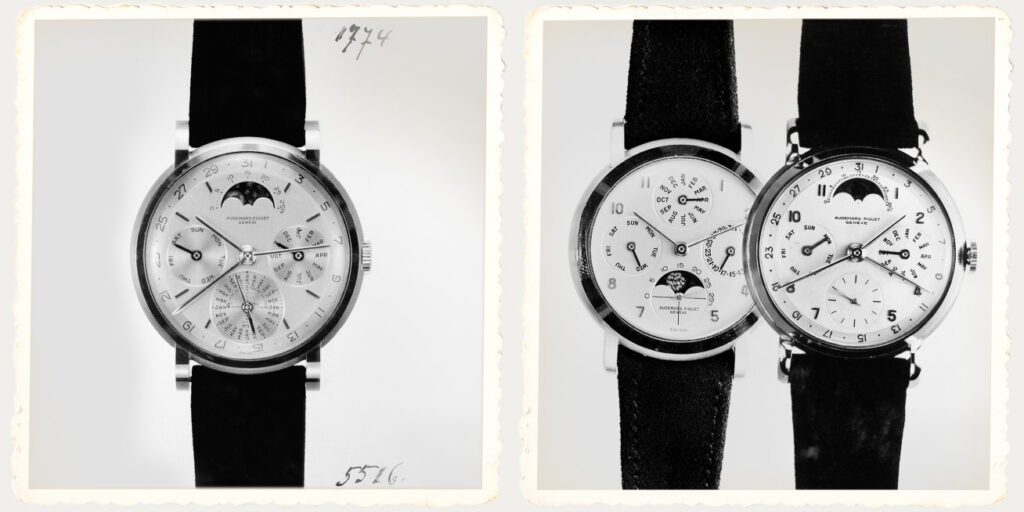
In the modern era of watches, complications are redundant.
Blasphemy!
Well, not quite. In fact, this is precisely one of the reasons why we fell in love with horology! Like masterful pieces of art, the real “useful” purpose of a complicated timepiece is to invoke emotions within the wearer, or even the admirer and onlooker.
What if one detail too many (i.e. the date window) ruined everything?
Believe us when we say that this isn’t a new problem: just ask a couple of dozen watch enthusiasts for their opinion on the matter, and you’ll find that the date window on modern watches isn’t as welcome as you would think.
Aside from is usefulness (yes – truth be told – sometimes it is very useful), we can only think of one reason why watchmakers include a date window on the dial: design continuity. This however, is at the expense of symmetry. But on which watches is this actually necessary?
Our answer? Very few.
Indeed, there are some watches which feature a date window, and the harmony of the dial is not compromised. There are two main reasons for this: they were either designed in a way which allowed the dial to remain symmetrical (for example, the Lange 1’s “Grande Date” – a staple of the brand), or it was made with the very intention of displaying the date and has been so engrained in our minds to become a legend of the industry (the obvious example being the inimitable Rolex Datejust).
Another series of watches which is interesting to evaluate the Date vs. Non-Date versions is that of Gerald Genta’s iconic creations. He designed the Nautilus, Royal Oak, Ingenieur and the Pasha so that the date window would cause minimal disruption in the dial (to varying degrees).
On which watches would we remove the date function?
Let’s have a look at a handful of modern timepieces that we think could do without this complication. If you are a great admirer of the following watchmakers that we will mention, don’t take it personally! For years now, we have been collecting feedback from our readers, followers and fellow collectors and enthusiasts, and this is what they’re telling us.
Some may like it, others not so much, but the world of watches wouldn’t be any fun if we always agreed on everything , now would it?
CODE 11.59 by Audemars Piguet
One of Audemars Piguet’s latest releases was (and still is) widely debated. In one word, the entire collection can be described as “polarising”: certain markets did not appreciate it at all, whilst others applauded Audemars Piguet for this breath of fresh air – something that wasn’t the Royal Oak. Regardless of your opinion on it (pro/anti, or even better – undecided), we definitely recommend that you take a look at our interview with AP’s chief historian and head of complications, Michael Friedman on YouTube!
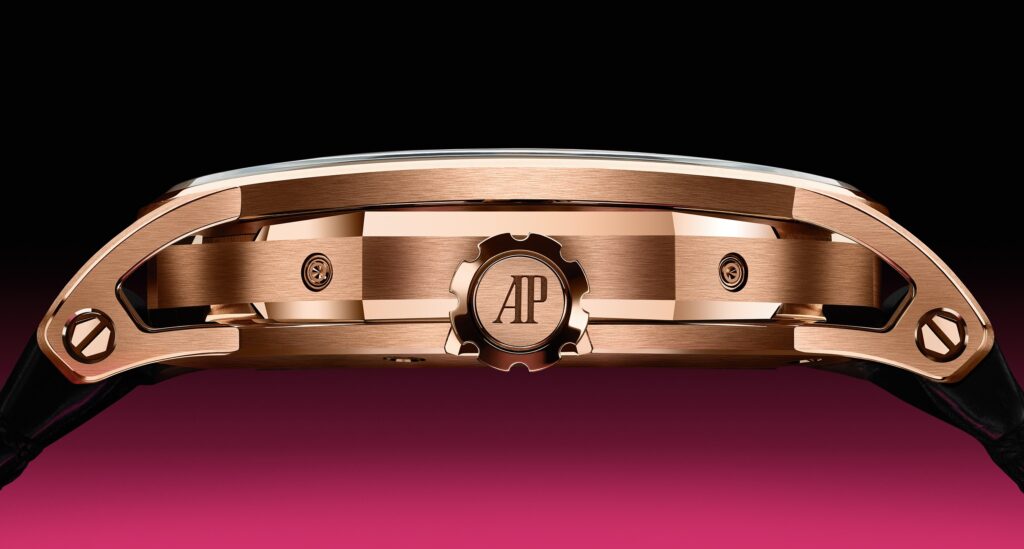
Although the case design and construction is nothing short of spectacular, one weakness of the collection was the dial. More specifically, the date.
The CODE 11.59 line received its latest update in 2020 with the smokled dials, but the persistent date window left a lot of collectors unhappy.
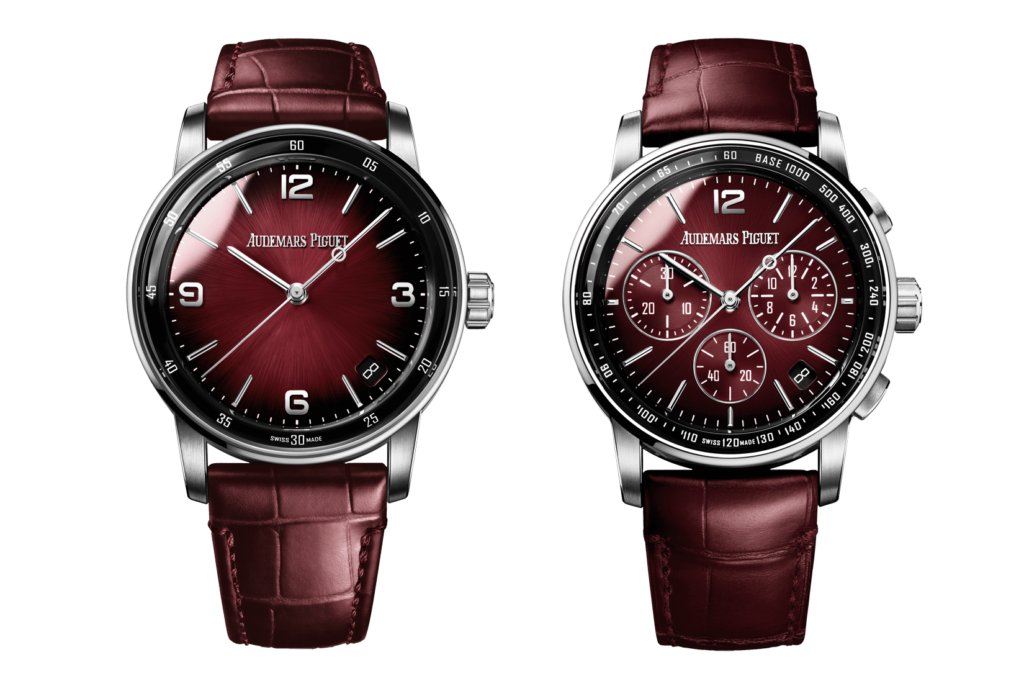
Which do you prefer: with the date wheel, or without? Have a look below between 4 and 5 how such a small change can make a huge difference in the overall look.
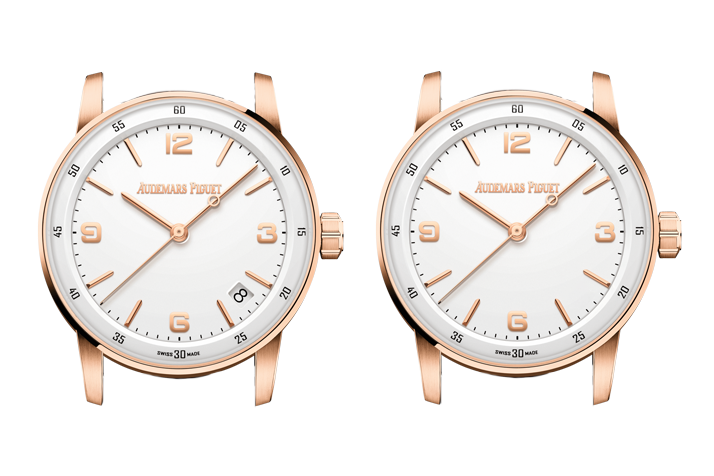
Patek Philippe Twenty~4
In this model, the presence (or absence) of the date window is less evident and invasive as it would substitute the 6 o’clock hour marker.
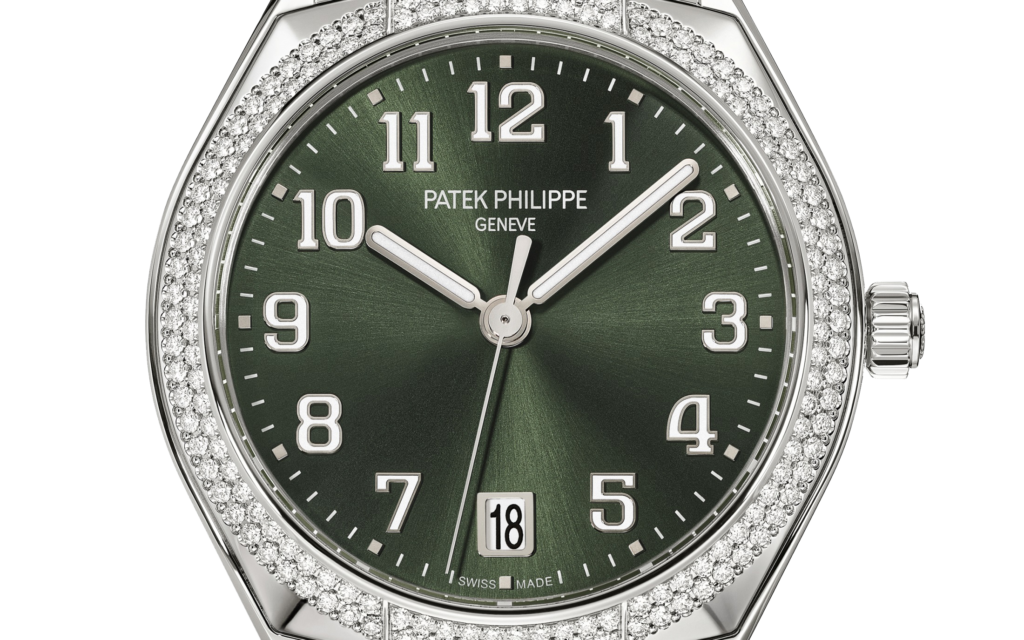
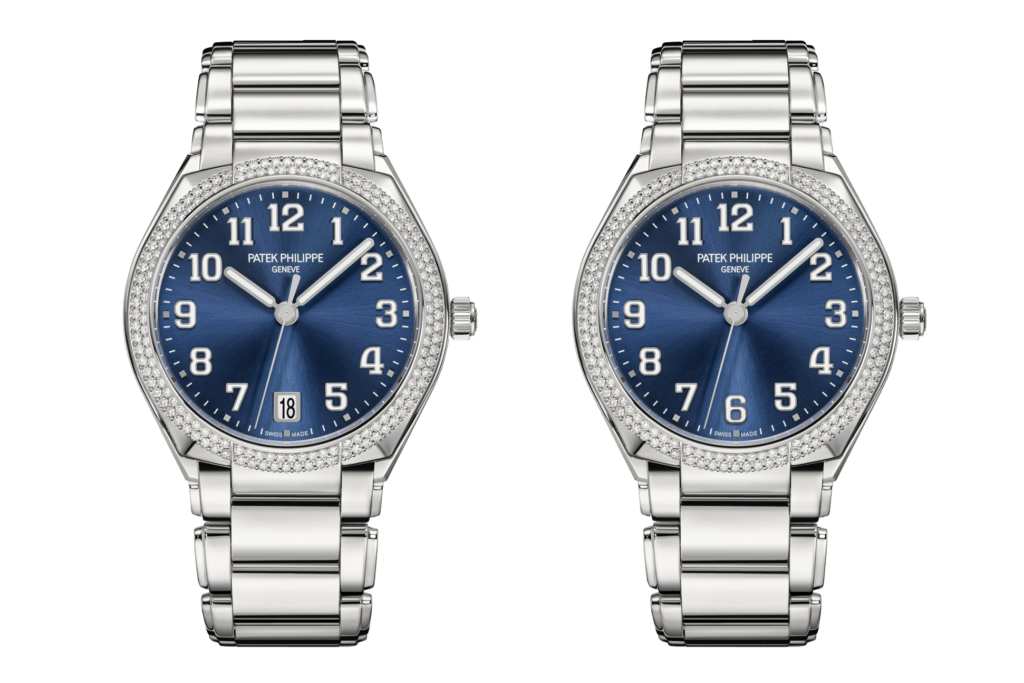

Cartier Pasha
It’s pretty evident, considering the two sizes, how the difference between date and no date impacts the balance of the whole watch. Even though it is placed in a peculiar position and isn’t new (some old Pashas had one as well) the date on the Cartier Pasha isn’t that detail that make you think “why don’t I have it already on the wrist”. (At least in our opinion).
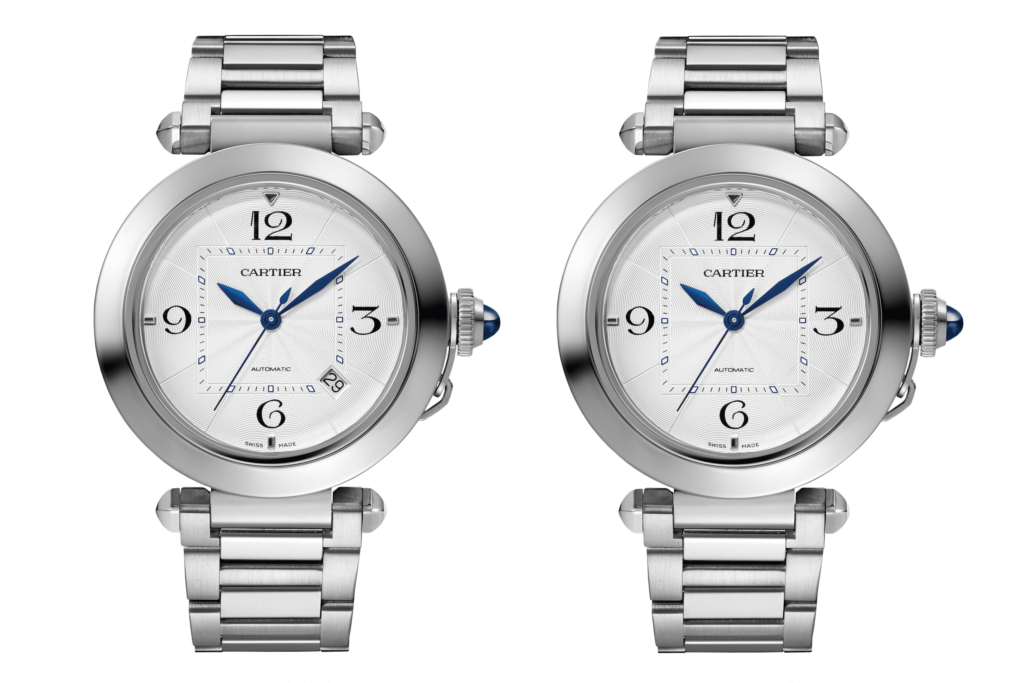
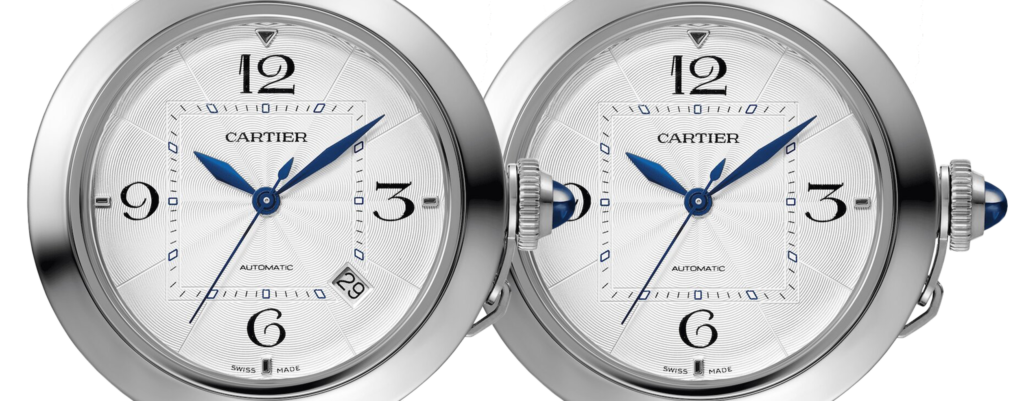
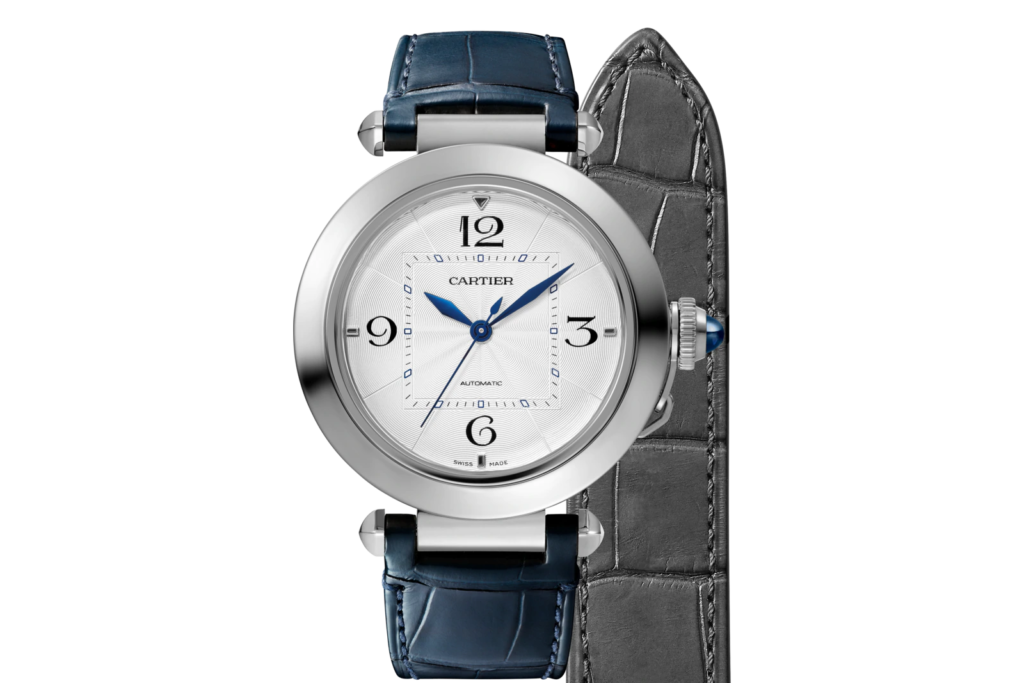
-Translated by Patrick R.

